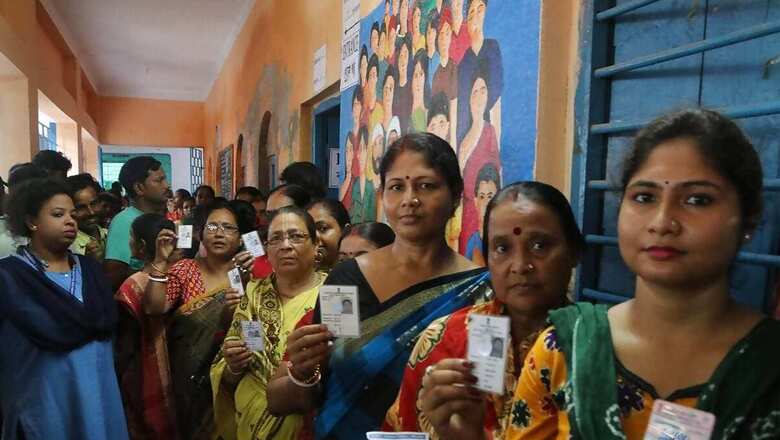
views
A total of 1.6 crore electors have been added in the voter list since 2018 across the five states. At least 82.5 lakh of these are women, while only 72.3 lakh are men.
At least 16 crore voters will be taking part in the assembly elections in the five states with more than half being men — at 8.2 crore. There are 7.8 crore women voters. However, the silver lining in the current elections will be the addition of around 10 lakh more women as voters across the states than men.
Further, in all the five states, the electoral roll gender ratio has improved when compared to 2018, data from the Election Commission of India (ECI) shows.
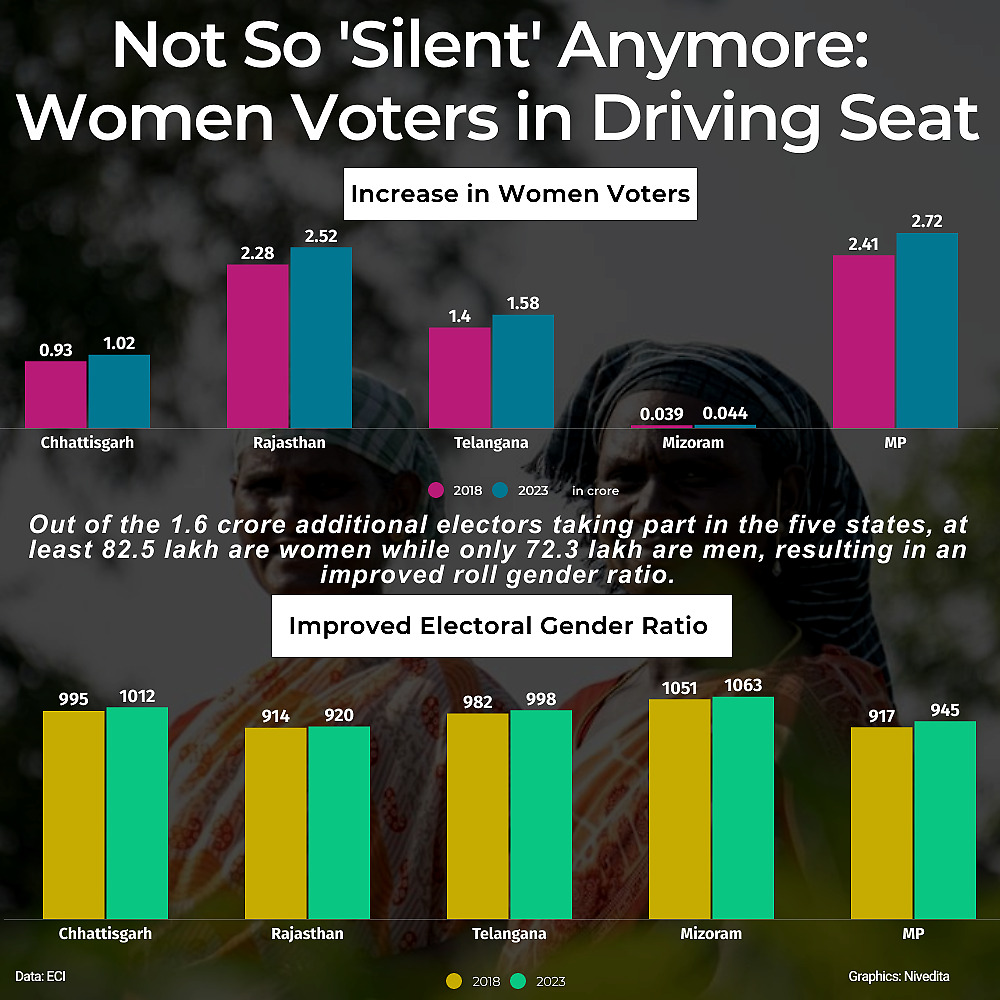
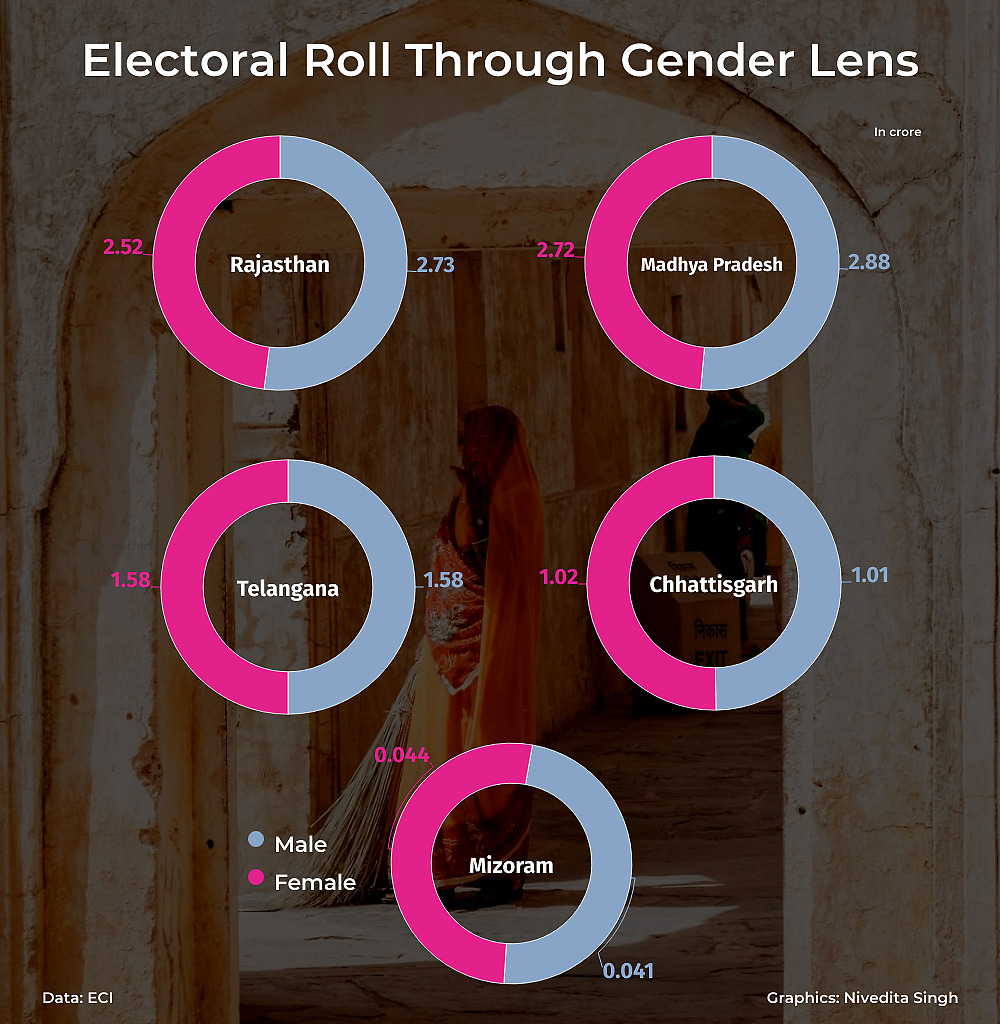
Among the poll-bound states, Mizoram and Chhattisgarh are the only two where women voters have outnumbered men. In Telangana, the two genders share equal responsibility. In the remaining two states, there are more male voters. However, the situation has improved for women. Here’s a look at the numbers state-wise.
Telangana
In Telangana, the current electoral gender ratio is 998, up from 982 in 2018. Of the 3.17 crore voters in the state, 1.58 crore are men and an equal number are women.
This time, there are at least 66 assemblies where the electoral gender ratio is more than 1,000. In the 2018 assembly elections, in more than 18,660 polling stations, women voter turnout was more than men.
In the last assembly polls, of the 2.8 crore voters, 1.4 crore were women — almost half. The youngest state of India registered 73.2 per cent voter turnout, with women voter turnout (73.88 per cent) better than that of men voters (72.54 per cent).
Since 2018, of the 37 lakh new voters added in the list, 18 lakh were women while 17 lakh were men.
Rajasthan
The state has more male voters than female. Of the 5.25 crore voters, 2.73 crore are men while 2.51 crore are women. But this time, more women have been added to the list than men.
Of the 47 lakh additions in the voter list, 24 lakh are female while 23 lakh are men.
From the electoral gender ratio at 914 in 2018, the state has reported an improvement to 920 this time.
In the last election, in at least 95 assemblies and more than 24,660 polling stations, women voter turnout was more than men. In around 10,260 polling stations, male voter turnout was more than women’s by less than five per cent.
Overall, the state reported 74.21 per cent voter turnout in 2018 with female turnout at 74.66 per cent and male at 73.80 per cent.
Madhya Pradesh
In Madhya Pradesh, 55 lakh new voters have been added since 2018 and 31 lakh of these are females. The state’s roll gender ratio has improved to 936 from 917 in 2018. Further, in at least 108 assemblies, the gender ratio is more than 936.
In the 2018 elections, in at least 178 assemblies the female voter turnout was more than the male turnout.
In the last assembly poll in Madhya Pradesh, women voter turnout was 74.03 per cent, against the state’s 75.05 per cent and men’s at 75.98 per cent. But here the important factor was the consistent rise in female voter turnout over the years — from 65.91 per cent in 2008 to 70.09 per cent in 2013, and 74.31 per cent in 2018.
This time, the state has 5.6 crore voters, including 2.72 crore women and 2.88 crore men.
Chhattisgarh
The tribal state has a total of 98.5 lakh female voters, slightly more than the male voters at 98.2 lakh.
In the last five years, the state has registered 17 lakh additional voters and more than half of these are female.
In 2018, the overall voter turnout in the state was 76.88 per cent, with male voter turnout at 75.67 per cent and female voter turnout at 78.11 per cent. The roll gender ratio in the state has improved from 995 in 2018 to 1,012 in 2023.
Mizoram
A state with fewer voters when compared to the bigger states going for polls, Mizoram has the best electoral roll gender ratio at 1,063. In 2018, this was 1,051.
The state reported a massive voter turnout of 81.61 per cent in 2018, with women turnout at 81.09 per cent and men at 78.92 per cent.
Of Mizoram’s 8.52 lakh voters, 4.39 lakh are women. Further, of the new 80,000 voters added in the state, around 50,000 are women.
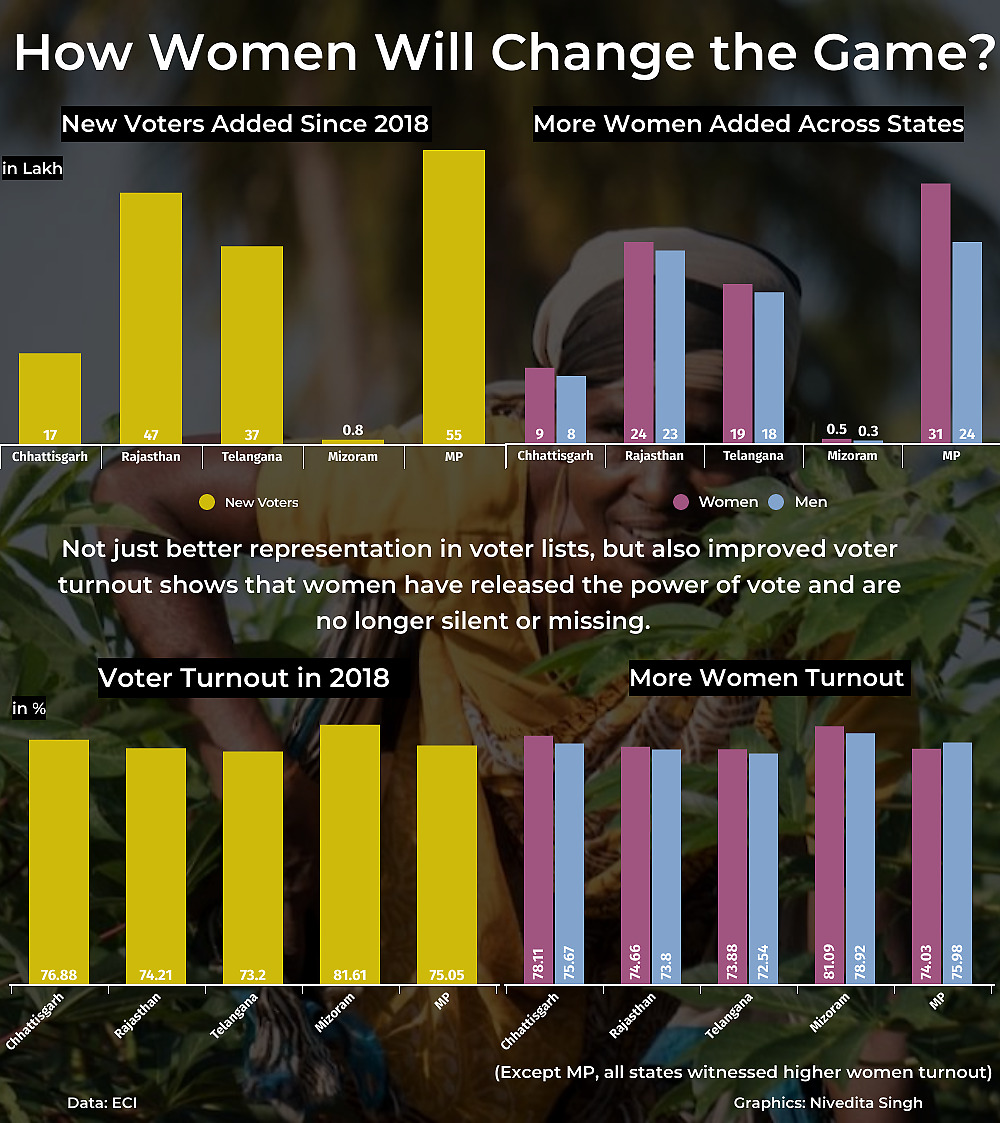
HOW WOMEN VOTERS CAN CHANGE THE GAME
In the current picture, there cannot be a better example to explain this than the case of Nitish Kumar who has been the chief minister of Bihar since 2005, except for a brief break in 2014.
With his pro-women schemes and priority to the demands of women, he has managed to hold on to the chair for so long.
From 50 per cent reservation for women in more than 8,000 Panchayati Raj institutions and the Mukhyamantri Balika Cycle Yojana to the anti-liquor policy, Kumar knows his target.
THE WAY AHEAD
In current times, women voters are looking for parties that are talking about women safety, better education and infrastructure and are in search of a government that gives priority to them and their needs.
It is time that political parties realise that the silent voters are no longer silent. Particularly with these high and improved numbers, women can be a real game-changer in the upcoming elections.


















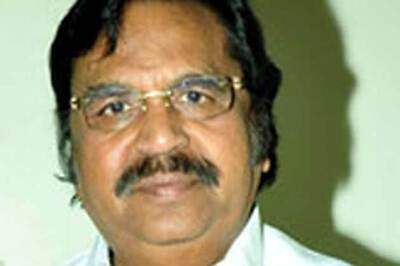

Comments
0 comment